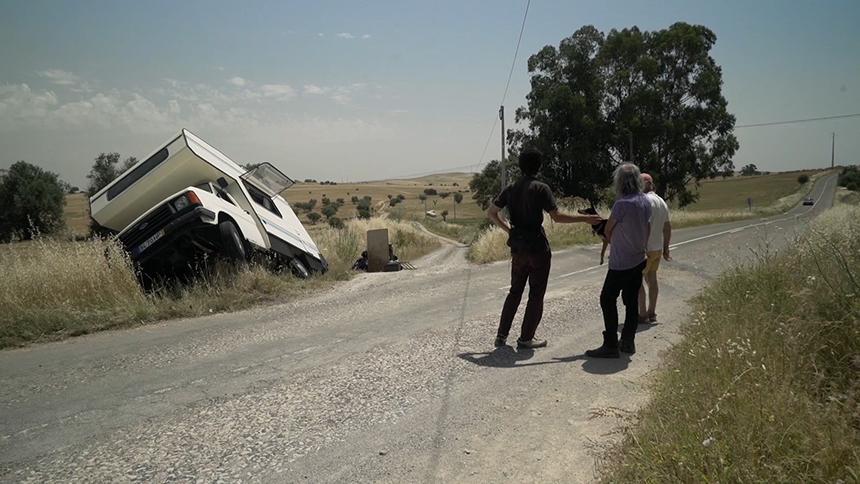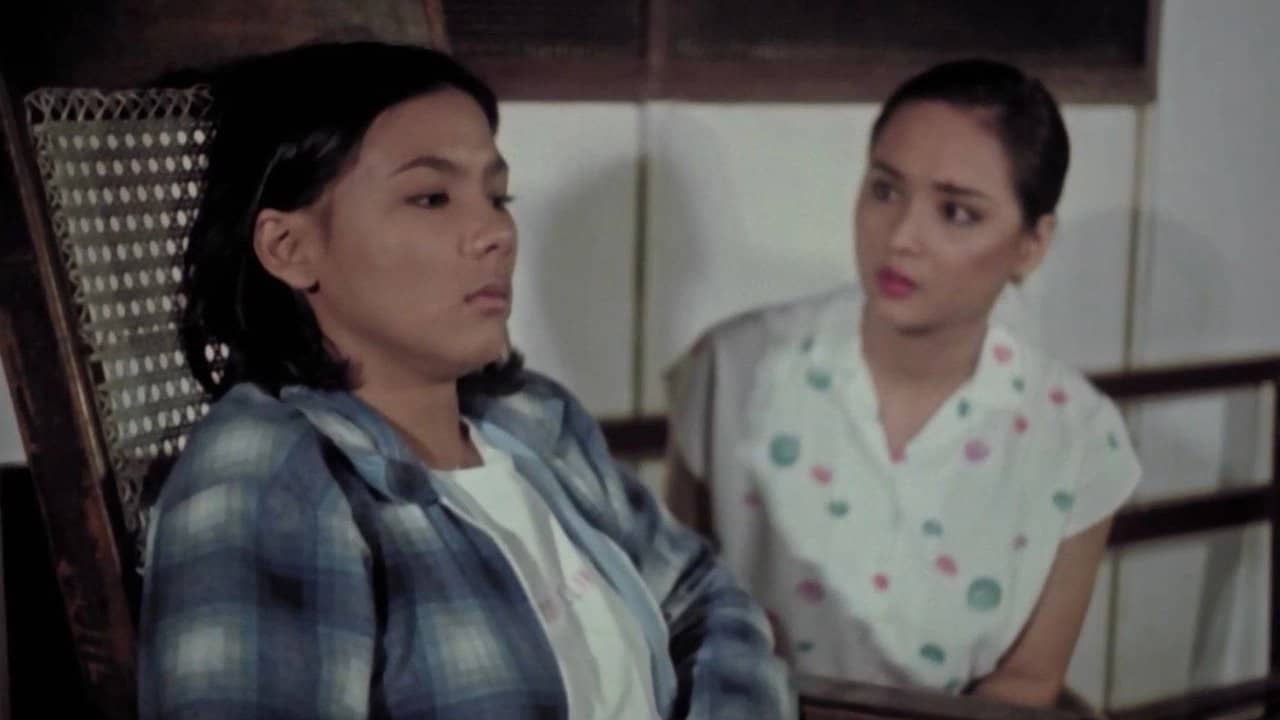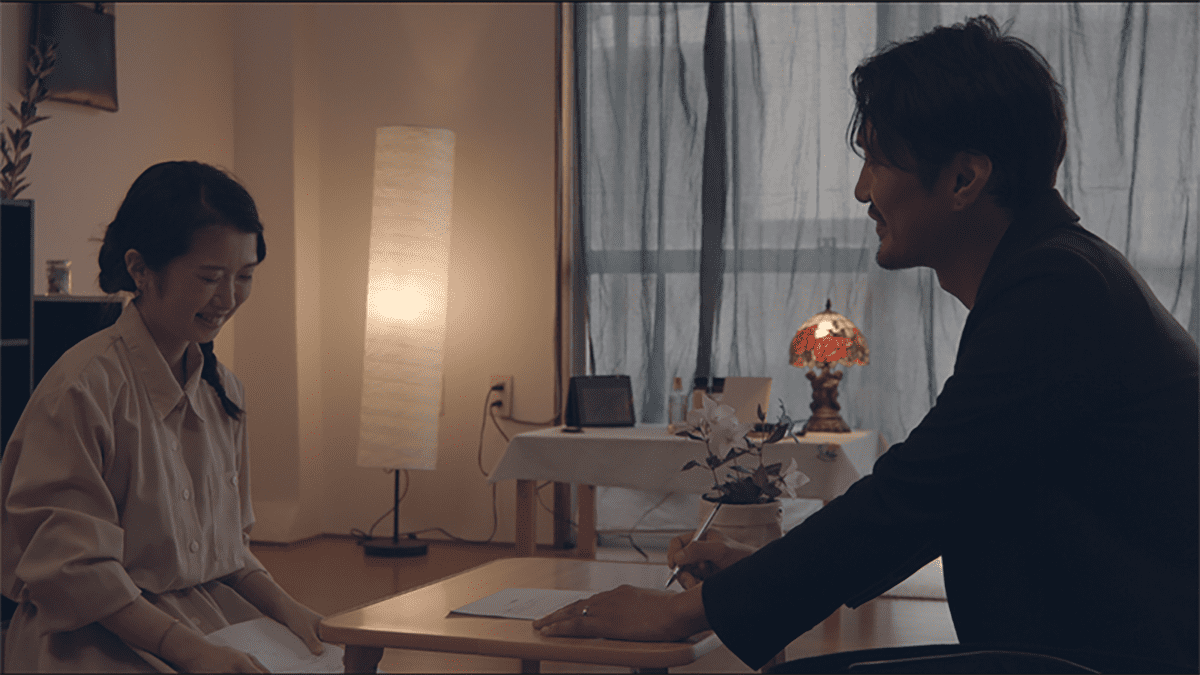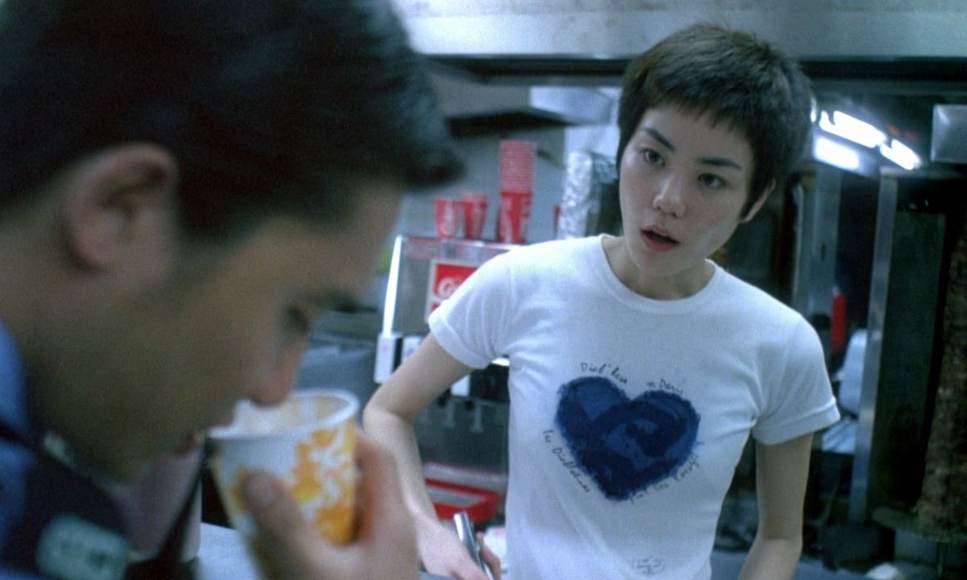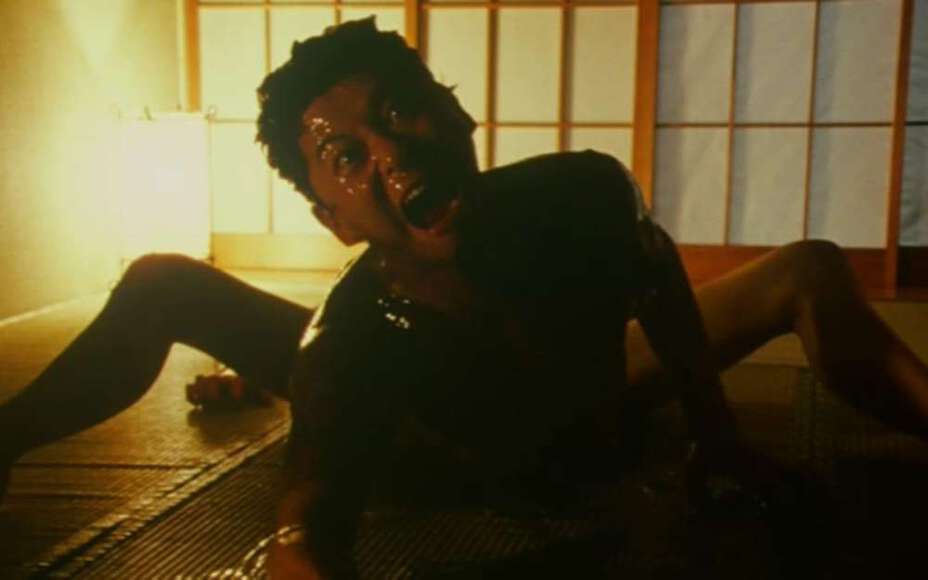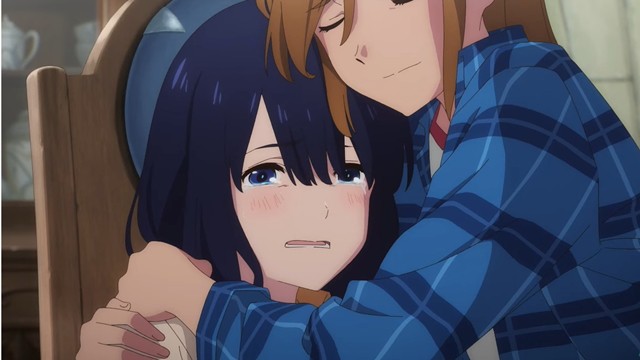Heartbroken Japanese director Atsushi Kuwayama immediately states he had to “strip himself of everything to make sense of the world again” in his refreshing account of a trip to the Holy Fountain of Fornalha, in the rural region of Alentejo, Portugal, a fountain that is said to heal any kind of wound. Realised under the umbrella of The DOC NOMADS and Erasmus Mundus Joint Master Degree, “Lost Three Make One” is shot in Portuguese, included the Japanese author's voice-over, adding a challenging layer of great humility and one of sweet, accidental comedy. It was part of the 2019 edition of PIA Film Festival.
“Lost Three Make One” is screening at Nippon Connection 2020
Kuwayama arrives to Portugal where he borrows an old Ford Transit Campervan 2.4 called “O Burrito” (The Little Monkey) of the same age as the director himself and, accompanied by friend and cameraman Krish Makhija – who we never see as he is the filming hand – sets off for the Holy Grail, pardon, the Holy Fountain. On the way to Alentejo, they meet a variegated mix of middle-aged locals and Kuwayama prompts them to talk about their love failures and heartbreaks. The gentle and friendly nature of the Portuguese people does the rest, but it is undeniable that the mix of Japanese politeness, Kamakura's over-grown child appearance and his inborn sympathy are a terrific trigger to confessions. In fact, it slowly emerges that the journey to the Fountain is the miracle that the young man is looking for and the real cure to a broken heart is sharing the pain with other human beings while the Holy water can be left for curing the risaca (hungover).
A mix of road trip and travelogue, “Lost Three Make One” includes some genuinely funny gems like the cinema owner of a village directing himself in a homage to “Cinema Paradiso”, few engine and ditch problems and a jolly aged hippie hitchhiker they pick up along the way and keep onboard. However, some melancholic moments are there too, with Kuwayama remembering his beloved grandmother who died while he was shooting the film and to which it is dedicated. He makes a haiku for her, mentioning the rice fields he drove through in Portugal.
One twilight on the road, Kuwayama explains Tasogara (literally “what is that?”), the Japanese name of that particular hour of the day when you can still see things in the remaining light of the day, but you are not able to distinguish them correctly and say what they are. He just leaves it sink for a moment, before starting to open up his heart and talk about his love pains, giving Tasogara a larger breath and turning it into a beautiful metaphor of the uncertainties of many of our life's pivotal chapters.
“Lost Three Make One” is the kind of short movie you wish it gave you a much longer pleasure and Kuwayama truly deserves a larger playground. Forget the Holy Water, we wish him to find that instead.


